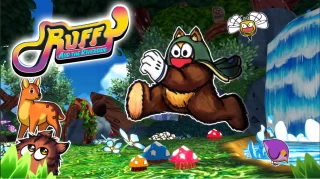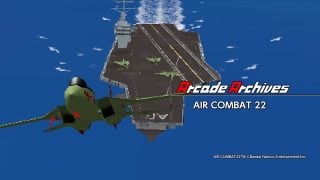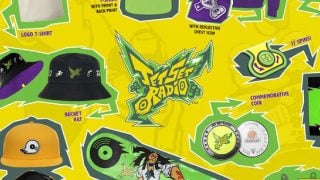When it comes to upgrades that Nintendo’s Switch 2 could harbor, the most obvious choice has to be with regards to the Joy-Con. While the current controllers are remarkable for how much tech they pack into such a small form factor, there’s a gigantic glaring problem that Nintendo has been dealing with since launch.
The Switch 2 needs to fix stick drift before anything else
Even players not intimately familiar with the different types of joystick technology available on the market likely can tell you that the Joy-Con have shoddy joysticks. As has become common with all forms of modern manufacturing, companies will cheap out on certain components that aren’t deemed important enough. We see this in everything from cars to televisions to appliances — and especially gamepads.
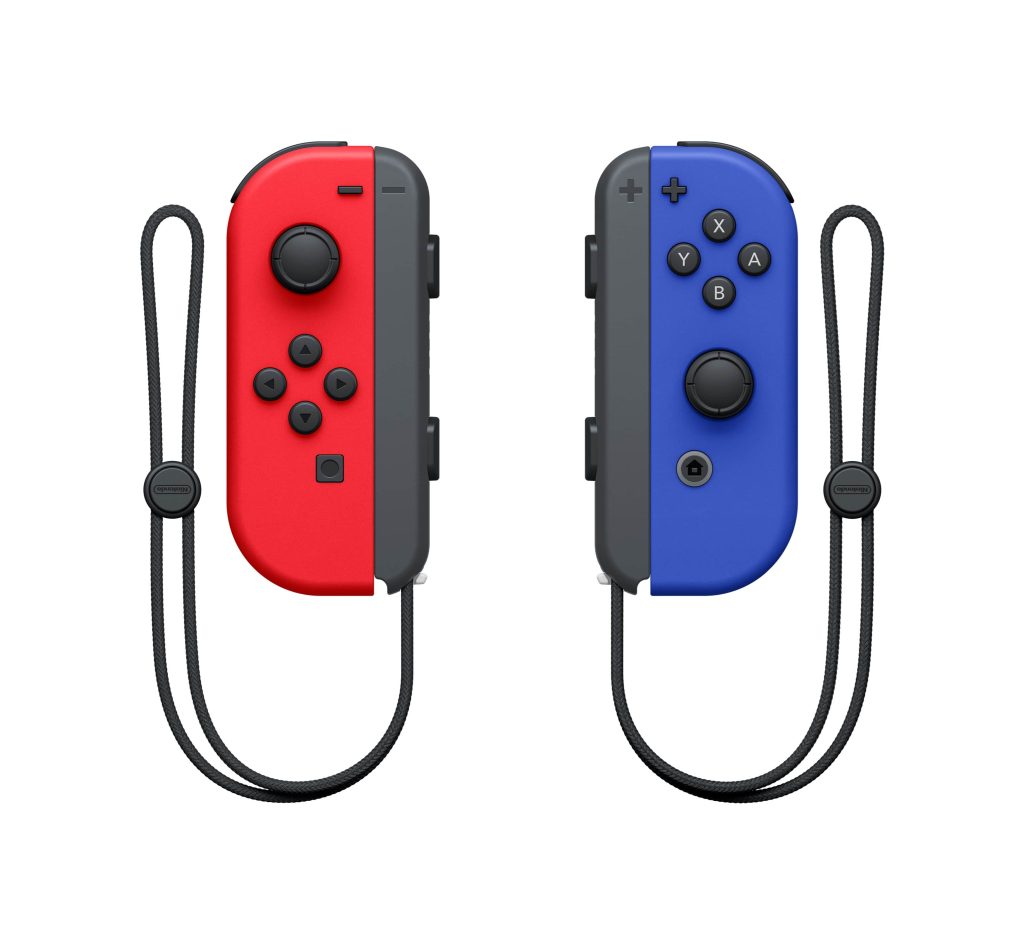
For the past few generations of consoles, all three of the major players have used resistance-based joysticks for their gamepads. The main reason for this is cost, but they also perform adequately enough for most players. This is different from technology in the past where more accuracy was believed to be a main selling point before 3D game design shifted away from such a philosophy.
Before this becomes a gigantic history of the developmental process behind games, the easiest fix that the Switch 2’s Joy-Cons could do is switch to what is known as “Hall Effect” joysticks. Hall Effects use magnets to determine the position of a stick and don’t have any parts touching each other. Due to the lack of physical wear and tear, this type of joystick is believed to be virtually resistant to stick drift.
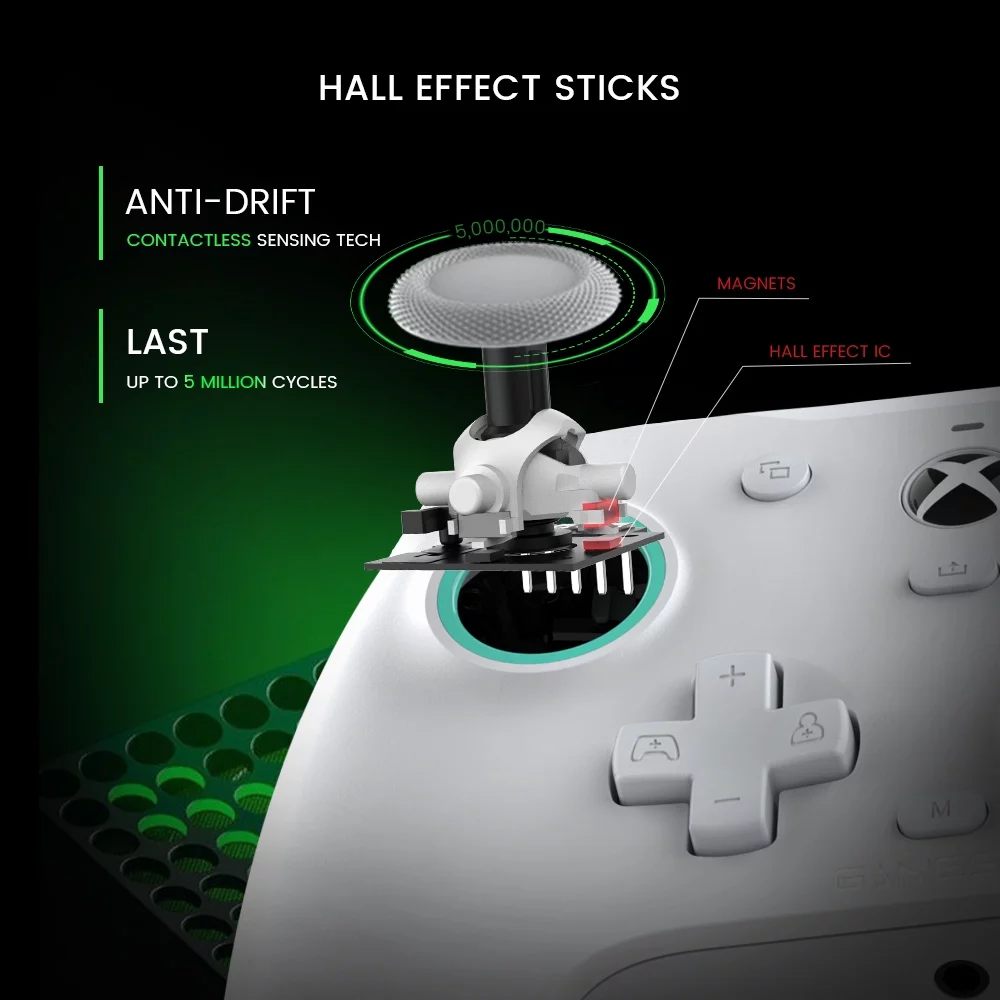
Featured in photo: GameSir G7 SE Gamepad Wired Game Controller
The reason Nintendo’s Joy-Con have had such a hard time with stick drift is down to the compact size of the controllers. With not much room to use better quality parts or even bigger parts, Nintendo had to manufacture a solution that wouldn’t be too costly while also fitting within the form factor it had created. The result is what we have, which is fine for a bit, but then breaks down relatively fast.
The cost difference between Nintendo’s current solution and Hall Effect sticks isn’t that steep, either. While no one wants to see the cost of controllers go up (a new set of Joy-Con currently retail for $79.99), paying a small bit more for sticks that will last an entire generation seems like a no-brainer.
How can the Switch 2 improve the shoulder buttons?
As for other fixes the Switch 2 Joy-Con can bring, a lot of these will be personal preference. I cannot stand the ZL and ZR buttons as they aren’t analog triggers. Nintendo’s last console to feature them was the GameCube (excluding the Wii Classic Controller) and many have lamented the decision to not return to them for subsequent consoles. The main reason for this decision actually dates back to a lawsuit Nintendo faced in 2006 over patent infringement that the company eventually lost in 2008. Microsoft also faced the same lawsuit but was seemingly willing to pay the money required to continue using the technology. Nintendo won its appeal in 2010 and a federal ban on selling infringing controllers was lifted, but the company has chosen to err on the side of caution ever since.
Analog triggers, for those unaware, allow more range than a digital input. Imagine it like how a computer operates: most buttons on gamepads work as either “Pressed” or “Not Pressed,” On or Off. With an analog trigger, you can have a wider range of inputs from being not pressed, to slightly pressed, to pressed even more, or fully pressed, etc. This comes in incredibly handy with racing games, which use the triggers in a fashion similar to gas pedals. While that doesn’t necessarily matter in Mario Kart, playing WRC or NASCAR Heat would greatly benefit from the more granular control these triggers can provide.
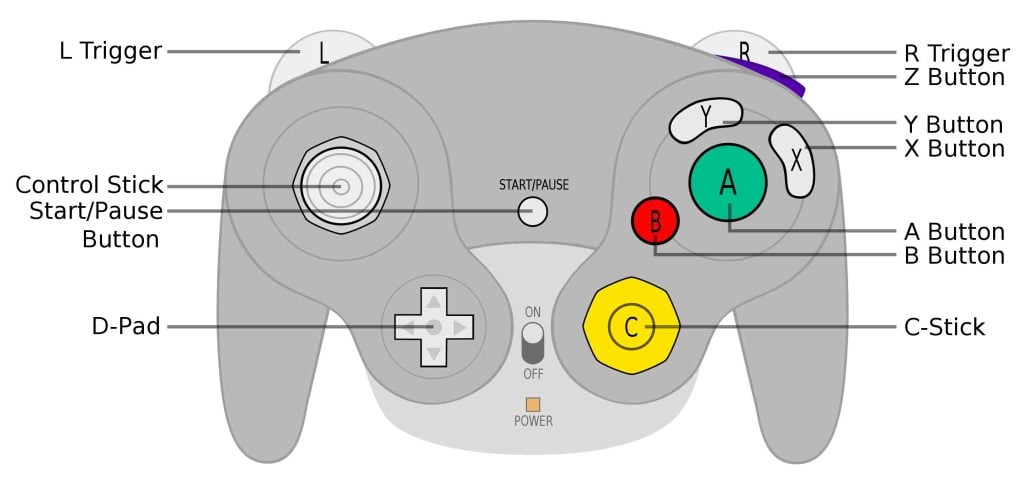
Now, a few racing games on Switch have adapted the right joystick to a gas pedal to give players analog control. While that’s a creative solution, joysticks are spongier than a trigger. When it comes to 3D movement, having that more freeform style works great as you can make instantaneous adjustments. You wouldn’t want to use that same method when driving your car, however, as stepping on a joystick would feel too loose.
The placement of the Switch Joy-Con buttons is awkward
The other improvements I can think of are really minor. I’m not the biggest fan of the regular L and R buttons. Their slim profile and spongy click don’t feel all that nice to me. The Plus and Minus buttons are also awkwardly placed and often require you to use your thumb to press in the heat of gameplay. I’m fine with there being no traditional D-pad, but it would be pretty nice if Nintendo could figure out a solution for transforming the buttons into one for solo use.
The other unique aspects of the Joy-Con are fine, in all honesty. I don’t think HD-Rumble is all it was cracked up to be, but the technology doesn’t drain the batteries all that much. The infrared camera in the right Joy-Con has limited use, but it doesn’t interfere with regular play. Nintendo could tweak these aspects or outright remove them and it wouldn’t affect my opinion one way or the other.
Switch 2 Joy-Con could be incredible
All that said, I still believe the Joy-Con are proficient controllers for the Switch. Nintendo was limited not only with the overall price, but also with trying to cram as much tech as possible into a small package. The Switch fixes the main issue previous handheld devices have had in that replacing the controllers is as easy as buying a new pair and sliding the old ones off. No need to worry about ridiculous repair fees or not having your console for days to weeks at a time.
Still, the Joy-Con have some faults that can easily be remedied for the Switch 2. As mentioned above, Hall Effect joysticks, analog triggers, and maybe a proper D-pad. Add those to the Joy-Con and you’re looking at some amazing new controllers for Nintendo’s next device.
Leave a Comment
